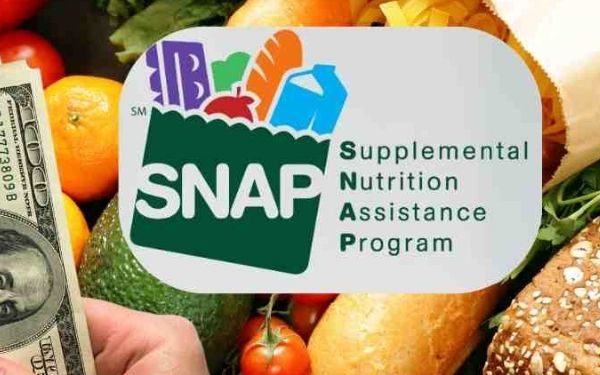Why It Matters
This Article Includes
Millions of low-income families in California rely on the Supplemental Nutrition Assistance Program (SNAP) to help put food on the table. With schools closed for summer break, many children lose access to free or reduced-price lunches—making food insecurity a growing concern. To address this, California is issuing extra benefits this month that could make a real difference for struggling households.
What to Know
Around 4 million children in California will automatically receive $120 in “SUN Bucks” via an EBT card later this month. These benefits are part of a federal program aimed at covering the cost of groceries during the summer.
Key details include:
-
$120 lump sum sent by EBT card
-
Additional $40 per month through the fall
-
Delivery by the end of July
-
Funds must be used within 122 days
According to Jennifer Troia, Director of the California Department of Social Services (CDSS):
“We are proud that California was one of the first states to launch this program. Last year, nearly $500 million in food purchases were made using SUN Bucks by families and caregivers across California.”
Who’s Eligible?
Children are automatically enrolled if they:
-
Receive free or reduced-price school meals
-
Are part of households already enrolled in CalFresh, CalWORKs, or Medi-Cal
-
Are in foster care, homeless, or part of migrant families
Others can still qualify by submitting a school mail application or a Universal Benefits Application by September 2.
What People Are Saying
Experts say the program fills a critical gap:
“For some children, accessibility to affordable food during the summer may present problems. SUN Bucks help eligible families cover food costs during this time,” said Alex Beene, financial literacy instructor at the University of Tennessee at Martin.
“While $6/day may not seem like much, it helps,” added Kevin Thompson, CEO of 9i Capital Group. “It can make the difference for many struggling families.”
What’s Next?
All SUN Bucks EBT cards are expected to arrive by the end of July, and families must use the funds within 122 days.
Beene summed it up:
“This is a good trend—other states are doing the same to help ensure kids don’t go hungry when school is out.”









